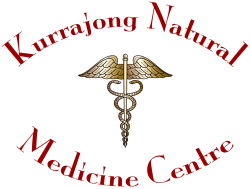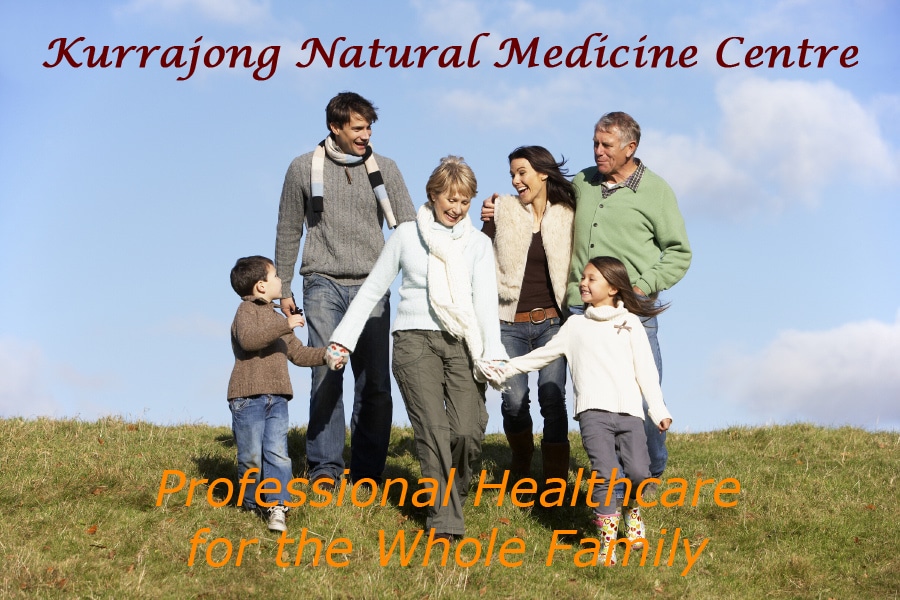Allergic Rhinitis (AR)
What is Allergic Rhinitis?
Definition of Allergic Rhinitis (AR)
Allergic rhinitis, more commonly referred to as hay fever, is an inflammation of the nasal passages caused by allergic reaction to airborne substances.
Description
Allergic rhinitis (AR) is the most common allergic condition and one of the most common of all minor afflictions. It affects nearly 1 in 4 of all people in Australia, and is responsible for 2.5% of all doctor visits.
The main clinical manifestations of AR are: sneezing, watery nasal discharge, nasal itching, and nasal congestion, may be associated with eye symptoms, including itchy eyes, tears, red eyes, and burning sensation. In about 40% of AR patients symptoms by be complicated with bronchial asthma, in addition to nasal symptoms, they may also have pulmonary symptoms such as wheezing, coughing, shortness of breath, and chest tightness.

There are two types of allergic rhinitis: seasonal and perennial. Seasonal AR (SAR) occurs in the spring, summer, and early fall, when airborne plant pollens are at their highest levels. In fact, the term hay fever is really a misnomer, since allergy to grass pollen is only one cause of symptoms for most people.
Perennial AR (PAR) occurs all year and is usually caused by home or workplace airborne pollutants, such as dust, house-dust mites’ faecal matter, fungal spores and animal dander. A person can be affected by one or both types. Symptoms of seasonal AR are worst after being outdoors, following exposure to pollen particles, while symptoms of perennial AR are worst after spending time indoors.
Both types of allergies can develop at any age, although onset in childhood through early adulthood is most common. Although allergy to a particular substance is not inherited, increased allergic sensitivity may “run in the family.” While allergies can improve on their own over time, they can also become worse over time.
How Does Traditional Chinese Medicine (TCM) View Allergic Rhinitis
In traditional Chinese medicine (TCM), allergic rhinitis is known as nasal blockage and is due to an over-reactivity of the immune system to certain allergens. This is a result of an underlying deficiency of the Lung and Kidney’s Defensive-Qi systems (immune system) together with retention of chronic Wind in the nose.
With Seasonal Allergic Rhinitis (SAR) there is an acute stage which is due to wither Wind-Cold (allergen plus climatic Cold) or Wind-Heat (allergen plus climatic Heat) entering the nose and causing an allergic reaction. The chronic underlying condition is one of deficient Lung and Kidney Defensive-Qi and the Governing Vessel.
The Perennial Allergic Rhinitis (PAR) is also a manifestation of deficient Lung and Kidney Defensive-Qi and the Governing Vessel, but without a seasonal aspect to it.
Traditional Treatment Approach of Allergic Rhinitis in Traditional Chinese Medicine
In SAR – during an acute phase, which usually only occurs during the flowering season(s), the Wind-Heat or Wind-Cold invasion is treated. Once the acute phase is resolved, attention is given to strengthen the underlying weakness of the Lung and Kidney’s Defensive Qi and the Governing Vessel.
The treatment of SAR is specifically structured to address the particular aspect; that is, the acute phase or the chronic underlying aspect of SAR. With PAR however, both the acute and underlying aspect of the rhinitis is addressed simultaneously, because the symptoms are present the whole year round.
Both SAR and PAR are treated in Chinese medicine with acupuncture and/or Chinese herbal medicine. Both can be used individually or in combination with each other. At Kurrajong Natural Medicine Centre we generally combine Acupuncture with Chinese herbal formulas for best results.
What You Can Do To Help Your Allergic Rhinitis
Reducing exposure to pollen may improve symptoms of SAR.
Strategies include the following:
- stay indoors with windows closed during the morning hours, when pollen levels are highest
- keep car windows up while driving
- use a surgical face mask when outside
- avoid uncut fields
- learn which trees are producing pollen in which seasons, and avoid forests at the height of pollen season
- wash clothes and hair after being outside
- clean air conditioner filters in the home regularly
- use electrostatic filters for central air conditioning
Moving to a region with lower pollen levels is rarely effective, since new allergies often develop
Preventing PAR requires identification of the responsible allergens.
Mold spores:
- keep the house dry through ventilation and use of dehumidifiers
- use a disinfectant such as dilute bleach to clean surfaces such as bathroom floors and walls
- have ducts cleaned and disinfected
- clean and disinfect air conditioners and coolers
- throw out mouldy or mildewed books, shoes, pillows, or furniture
House dust:
- vacuum frequently, and change the bag regularly. Use a bag with small pores to catch extra-fine particles
- clean floors and walls with a damp mop
- install electrostatic filters in heating and cooling ducts, and change all filters regularly
Animal dander:
- avoid contact if possible
- wash hands after contact
- vacuum frequently
- keep pets out of the bedroom, and off furniture, rugs, and other dander-catching surfaces
- have your pets bathed and groomed frequently
References:
Bao, H., Si, D., Gao, L., Sun, H., Shi, Q., Yan, Y., Damchaaperenlei, D., Li, C., Yu, M., & Li, Y. (2018). Acupuncture for the treatment of allergic rhinitis: A systematic review protocol. Medicine, 97(51), e13772. https://doi.org/10.1097/MD.0000000000013772
Marciocia, G. (1994) The Practice of Chinese Medicine: The Treatment of Disease with Acupuncture and Chinese Herbs, Edinburgh: Elsevier Churchill Livingstone.
Taw, M. B., Reddy, W. D., Omole, F. S., & Seidman, M. D. (2015). Acupuncture and allergic rhinitis. Current opinion in otolaryngology & head and neck surgery, 23(3), 216–220. https://doi.org/10.1097/MOO.0000000000000161
The Free Medical Dictionary https://medical-dictionary.thefreedictionary.com/allergic+rhinitis last visited: 30/06/2021
Disclaimer
Disclaimer information for users of the Kurrajong Natural Medicine Centre, Namaste Yoga Kurrajong and The Herbal Health Coach website.
Page last updated: 26th June 2023
Information provided for education and research information only
The information on this website is presented by Kurrajong Natural Medicine Centre for the purpose of disseminating health information free of charge for the benefit of the public.
While Kurrajong Natural Medicine Centre has exercised due care in ensuring the accuracy of the material contained on this website, the information on the site is made available on the basis that Kurrajong Natural Medicine Centre is not providing professional advice on a particular matter.
This website is not a substitute for independent professional advice. Nothing contained in this site is intended to be used as medical advice and it is not intended to be used to diagnose, treat, cure or prevent any disease, nor should it be used for therapeutic purposes or as a substitute for your own health professional’s advice.
Kurrajong Natural Medicine Centre does not accept any liability for any injury, loss or damage incurred by use of or reliance on the information provided on this website.
Quality of information
Kurrajong Natural Medicine Centre makes every effort to ensure the quality of the information available on this website and updates the information regularly. Before relying on the information on this site, however, users should carefully evaluate its accuracy, currency, completeness and relevance for their purposes, and should obtain any appropriate professional advice relevant to their particular circumstances. Kurrajong Natural Medicine Centre cannot guarantee and assumes no legal liability or responsibility for the accuracy, currency, completeness or interpretation of the information.
The material may include the views or recommendations of third parties and does not necessarily reflect the views of Kurrajong Natural Medicine Centre or indicate a commitment to a particular course of action.
Links to other websites
This website contains links to other websites which are external to Kurrajong Natural Medicine Centre. Kurrajong Natural Medicine Centre takes reasonable care in selecting linking websites but Kurrajong Natural Medicine Centre accepts no responsibility for material contained in a website that is linked to this site. It is the responsibility of the user to make their own decisions about the accuracy, currency, reliability and correctness of information contained in linked external websites.
Links to external websites are provided for the user’s convenience and do not constitute an endorsement or a recommendation of any third party products or services offered by virtue of any information, material or content linked from or to this site. Users of links provided by this site are responsible for being aware of which organisation is hosting the site they visit.
Views or recommendations provided in linked sites may include the views or recommendations of third parties and do not necessarily reflect those of Kurrajong Natural Medicine Centre or indicate a commitment to a particular course of action.



